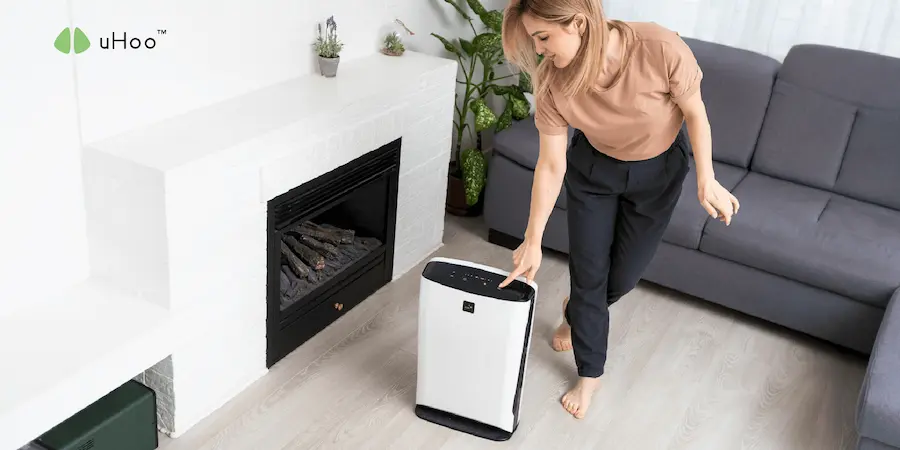Mold thrives in moist environments. When humidity levels climb above 50%, it creates the perfect breeding ground for these unwanted guests. Mold spores, microscopic fungal organisms, are constantly present in the air. However, they require moisture to germinate and grow. Excess humidity can also lead to condensation, which provides a constant source of moisture for mold to flourish on surfaces like walls, ceilings, and even within your furniture.
Mold spores are potent allergens. When inhaled, they can trigger a cascade of allergic reactions, including:
- Runny nose and congestion: Mold spores irritate the nasal passages, leading to excessive mucus production and difficulty breathing.
- Itchy, watery eyes: The eyes are also susceptible to irritation from mold spores, causing redness, itching, and tearing.
- Coughing and sneezing: Mold spores can irritate the respiratory tract, triggering coughing and sneezing fits.
- Skin rashes: In some cases, mold exposure can lead to skin irritations and rashes.
- Aggravated asthma: For individuals with asthma, mold exposure can trigger severe asthma attacks.
Maintaining optimal humidity levels between 30% and 50% is crucial for preventing mold growth and minimizing allergy triggers. uHoo air quality monitors can help maintain ideal humidity levels to help keep mold and allergies at bay.
Furthermore, the uHoo Mold Index is a valuable tool that uses sensor data to assess the likelihood of mold growth in your environment. This index proactively alerts you to conditions conducive to mold, allowing you to take preventative measures before a problem arises. Utilizing this index helps you anticipate potential issues and maintain a healthier home.
Here are some effective strategies for controlling humidity:
- Dehumidifiers: In humid climates or during periods of high humidity, a dehumidifier can effectively remove excess moisture from the air.
- Ventilation: Ensure proper ventilation in areas prone to moisture buildup, such as bathrooms and kitchens. Use exhaust fans during showers and while cooking.
- Address Leaks Promptly: Repair any leaks in pipes, roofs, or windows promptly to prevent moisture accumulation.
- Regular Cleaning: Regularly clean and dry damp areas, such as shower curtains, bath mats, and around sinks and tubs.
- Air Purifiers: Consider using air purifiers equipped with HEPA filters to remove mold spores and other allergens from the air.
By taking proactive steps to control humidity, utilizing the uHoo Mold Index, and addressing potential moisture sources, you can create a healthier and more comfortable living environment for yourself and your family, free from the worries of mold and allergy-related woes.

